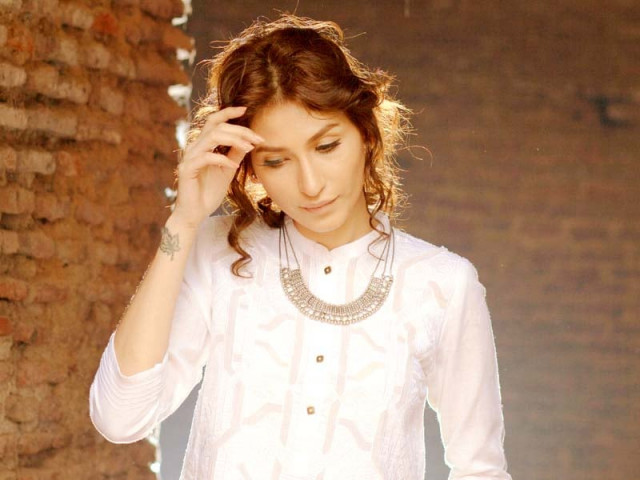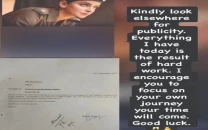Trip through refined aesthetics
Marketing director of ‘Generation’ discusses the prêt-wear brand’s design techniques and style evolution.

Chickenkari and patti ka kaam on viscose and linen appears to be a dominant factor in their new collection. PHOTO: PUBLICITY
Even when prêt wasn’t all the rage and women were still making their rounds to their tailors, Generation set the precedent of having ready to wear available in ‘small’, ‘medium’ and ‘large’ sizes. It has dominated the fashion front for a long time is Generation. People associate with the label as one of the pioneers of fast fashion.
Khadija Rahman, marketing manager for Generation talks to The Express Tribune about the label’s evolution over time. “Initially, what set us apart was that we were well priced and introduced new styles regularly.” She adds, “Now, almost everyone has come down to the same price point and is following a business model similar to ours, so we need to advertise more aggressively.”

Generation’s team opened their first store in Lahore with the intention to design for the working woman. Nosheen Khan and Saad Rahman launched by wholesaling to various boutiques and then opened their own outlet. The way it urbanised as a brand was that initially it considered prints to be an integral part of fashion. The label introduced myriad patterns comprising abstract designs and colours in the 80s. Then in fact, also initiated the tie and dye culture through their collections to suit the trends of the time. It became one of the first brands to showcase their season’s collections through choreographed shows at Kinnaird College.

The 90s saw the prologue of a variety of fabrics including ajrak, chunri, organza, velvet and denim. Ethnic embellishments and appliqué work became more prominent with jackets, kotis, capes and shawls. Khadija Rahman says, “At a time when everyone was wearing polyester clothes and doing ‘one size fits all’, Generation fetched a range of sizes to women. Now we have huge three-story stores in major cities of Pakistan.”
Discussing the brand’s current design ideology, Rahman says, “Our philosophy now is to experiment. We craft a lot of dissimilar collections and designs.” Generation offers so many diverse lines; constantly getting updated that they don’t invest in a look book for the season. On a recent visit to the shop, rotary prints, chickenkari and patti ka kaam on viscose and linen appeared to be a dominant factor in their designs. Screen printing on cotton too, is a recurring pattern with Generation, making it the brand’s staple design with no other retailer practicing the technique the same way.

Over the years, they have built a loyal clientele who know exactly what days of the week their stores are stocked. Talking about what inspires the themes of their ensembles, Rahman says, “We make it a point to keep on traveling for inspiration and doing market research.”
The design process for the prêt collection involves the designers and the brand directors both providing their input. “We look at feedback of what designs were appreciated in the preceding season. Then we have joint discussions with the team. Most of the fabrics are developed according to the needs of our customers,” she says.
Elaborating on latest trends and design ethics, Rahman lets us on the fact that as much as fashion trends imply that shorter hemlines are in vogue, most women purchase longer shirts because they are more flattering to every body type. “People don’t like to experiment with sleeves too much. We tried doing a lot of bat wings thinking that the market would accept them but it never happened,” says the marketing manager. Rahman further adds, “People also still like drapey fabrics as they’re quite aesthetically pleasing.”
Published in The Express Tribune, April 16th, 2015.
Like Life & Style on Facebook, follow @ETLifeandStyle on Twitter for the latest in fashion, gossip and entertainment.



















COMMENTS
Comments are moderated and generally will be posted if they are on-topic and not abusive.
For more information, please see our Comments FAQ